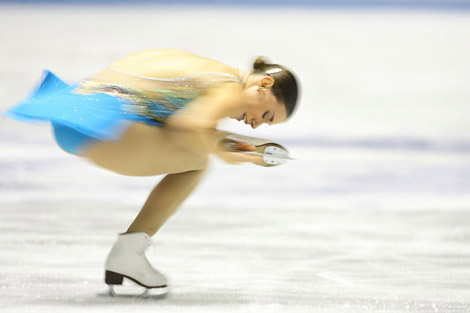Science and Engineering of the Winter Olympics

NBC and the National Science Foundation (NSF) teamed up to make 16 fun videos about the science and engineering of the 2010 Olympic Winter Games (beginning this Friday in Vancouver!). We picked a few favorites, below.
Aerial Physics (Aerial Skiing)
In the sport of freestyle aerials, skiers are judged on their ability to perform complex jumps in the air. Emily Cook, a 12-year veteran of the U.S. Freestyle team, and Paul Doherty, a Senior Scientist at the Exploratorium in San Francisco, show how these jumps actually come from three basic twisting techniques that you can try in your own classroom.
Science of Snowboarding
The stakes are high for the snowboarders in Vancouver as they try to master new tricks to unseat the star of Torino, American Shaun White. But to get “max air” off the half-pipe without losing their balance, they might want to check out this experiment that Paul Doherty, a senior scientist at the Exploratorium in San Francisco, cooked up, using a skateboard and a glass of water.
Slapshot Physics (Hockey)
One of the most popular team sports in the Winter Olympics is hockey. More than just a physical game, for scientists, it’s a showcase for physics on ice–especially when it comes to the slapshot. Three-time Olympian Julie Chu, Thomas Humphrey, a senior scientist at the Exploratorium in San Francisco, and Katharine Flores, an associate professor in the department of materials science and engineering at Ohio State University, break down the science of hockey’s hardest shot.
Olympic Motion (Mixed Sports)
The Olympics are a chance to marvel at the physical abilities of these world-class athletes. But what makes them unique? After all, they’re made of the same flesh and blood as the rest of us–how did they become Olympians? Dan Fletcher, an associate professor in the Department of Bioengineering at the University of California, Berkeley has some answers.
Image: tpower1978/Flickr
Filed under: e-News








